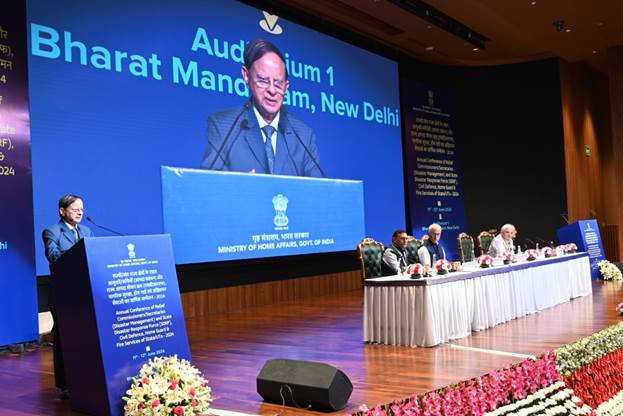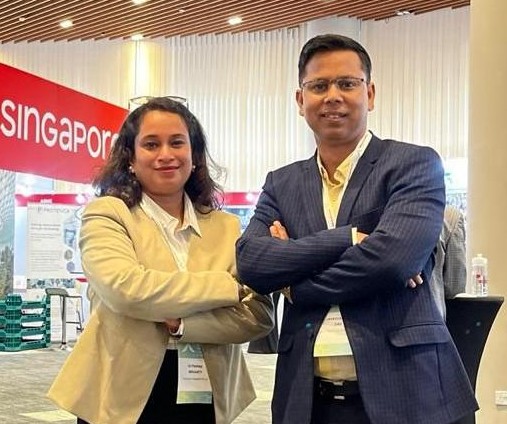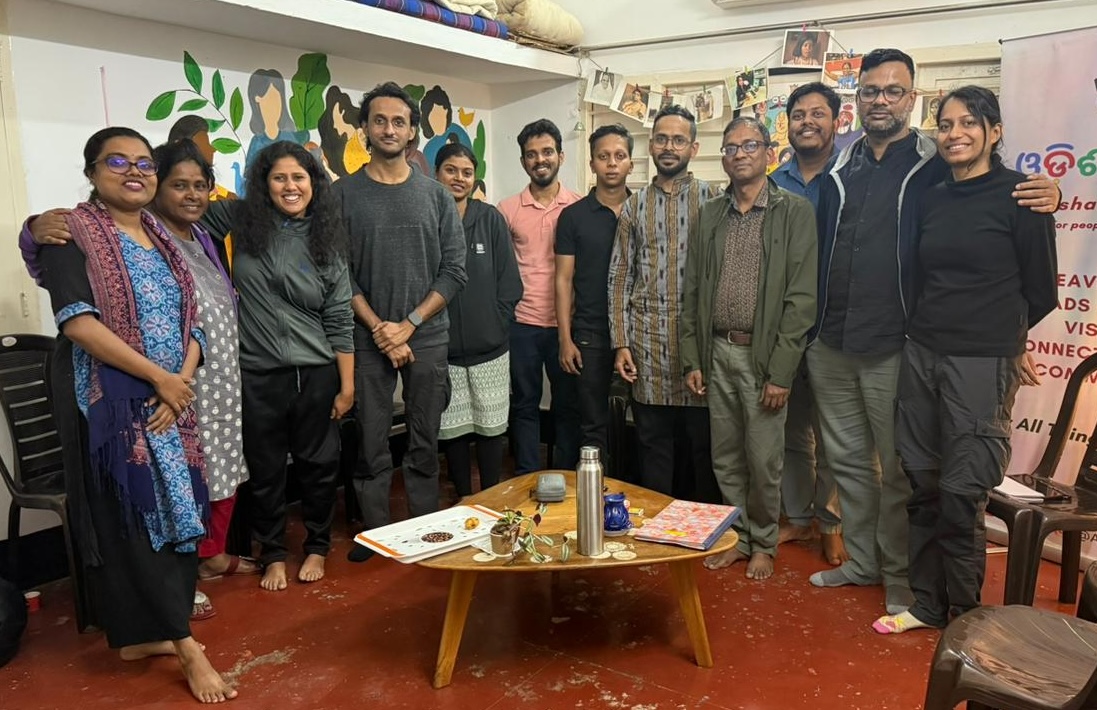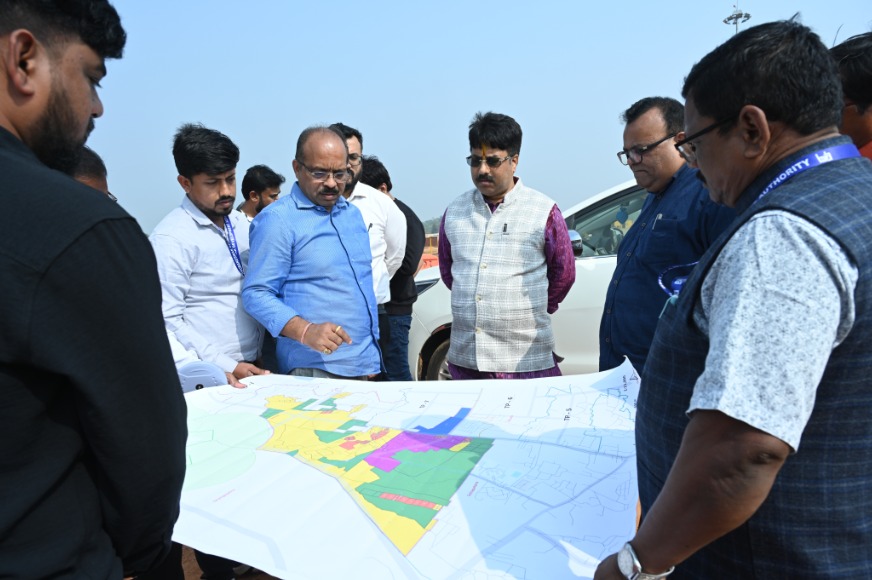New Delhi: The two-day annual conference of Relief Commissioners/Secretaries (Disaster Management), State Disaster Response Force (SDRF), Civil Defence, Home Guard & Fire Services of States/UTs for the year 2024 concluded in New Delhi today. The valedictory session was chaired by Dr. P. K. Mishra, Principal Secretary to the Prime Minister of India. Union Home Secretary, Ajay Kumar Bhalla, along with other senior officers from the Ministry of Home Affairs, also attended the session.
In his address, Dr. P. K. Mishra highlighted India’s global leadership in disaster response and international collaboration through initiatives like the Coalition for Disaster Resilient Infrastructure (CDRI) and the G20 Working Group on Disaster Risk Management. He underscored that while India has made significant strides in disaster management, there is a need for a clear vision for the future. Dr. Mishra outlined six key focus areas:
- Local Level Awareness and Capacity Building: Disaster management should reach every city, town, village, and family, ensuring basic awareness and resources to deal with disasters.
- Mitigation Measures: A calendar of mitigation measures should be prepared to avoid repetitive and seasonal problems. Basic vulnerability reduction measures, such as de-silting of drains and better solid waste disposal, could mitigate urban flooding.
- Shift from Response to Resilience: Disaster management should focus on resilience and mitigation. Future infrastructure must incorporate resilience from the blueprint stage, supported by India’s disaster mitigation fund.
- Leveraging Technology: Utilization of robotics, artificial intelligence, big data, and state-of-the-art equipment for early warning systems, common alert protocols, and rescue operations.
- Preparation for Black Swan Events: Preparedness for unpredictable events like COVID-19 is essential, ensuring that lessons learned are not forgotten.
- Whole-of-Government and Society Approach: Disaster management requires collaboration across government and society. The Silkyara tunnel rescue exemplified the effective pooling of resources and expertise across agencies. States must develop capacities to assist both their own regions and neighboring areas.
The conference was attended by over 300 delegates from state governments, central ministries, departments, organizations, and SDRFs/Fire Services. Sessions covered a range of topics including early warning systems, post-disaster loss assessment, roles of disaster response forces, and coastal hazards.
The Ministry of Home Affairs (MHA) organizes this annual conference before the onset of the monsoon season to review preparedness for potential natural disasters. Simultaneously, the National Disaster Response Force (NDRF) organizes capacity-building conferences for SDRFs, Civil Defence, Home Guard, and Fire Services. This year’s combined conference aimed to synergize response efforts and strengthen the capabilities of SDRFs.
Discussions also covered preparedness for the South West Monsoon and managing emerging risks such as Glacial Lake Outburst Floods (GLOF), forest fires, and CBRN (Chemical, Biological, Radiological, and Nuclear) threats.





